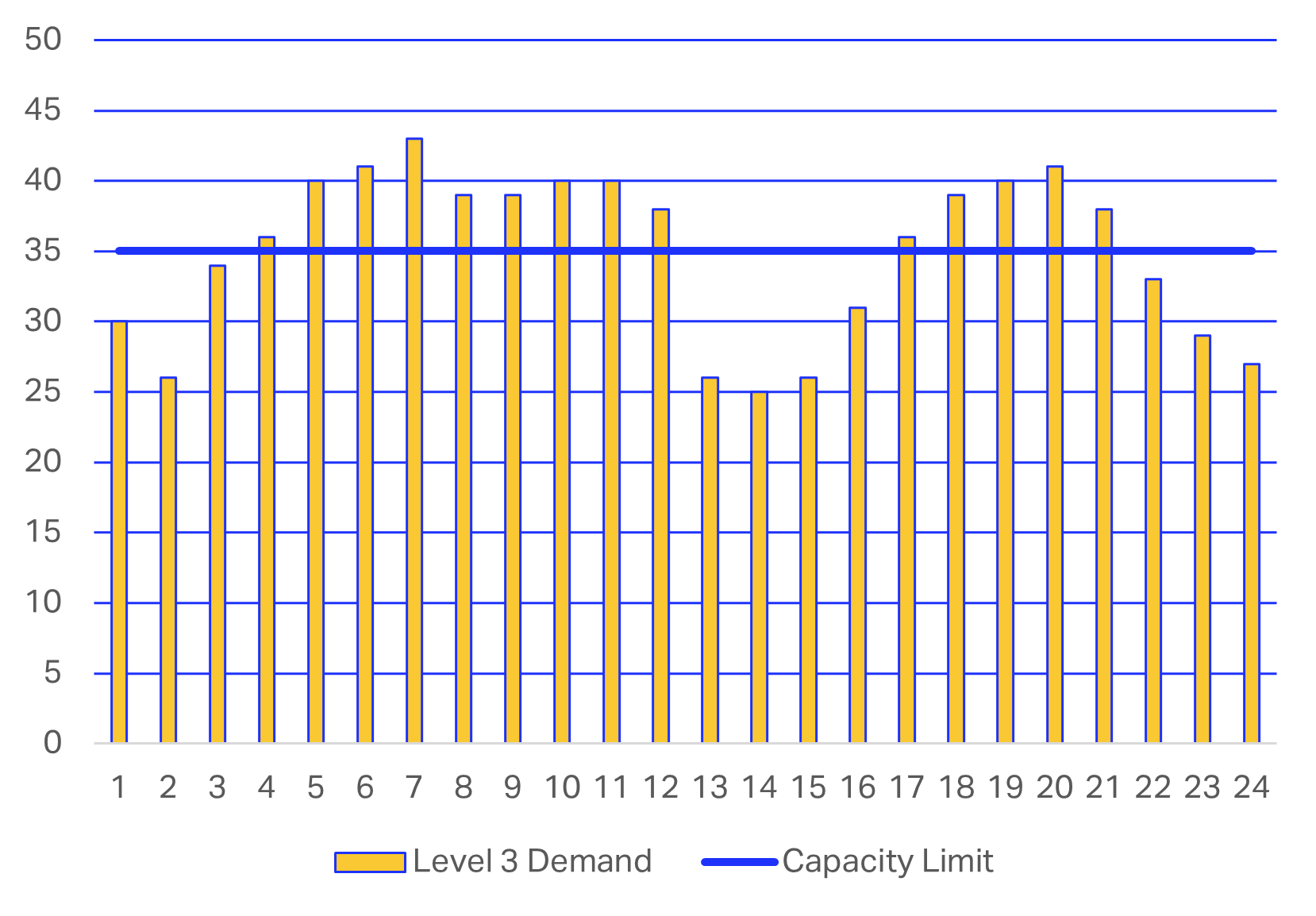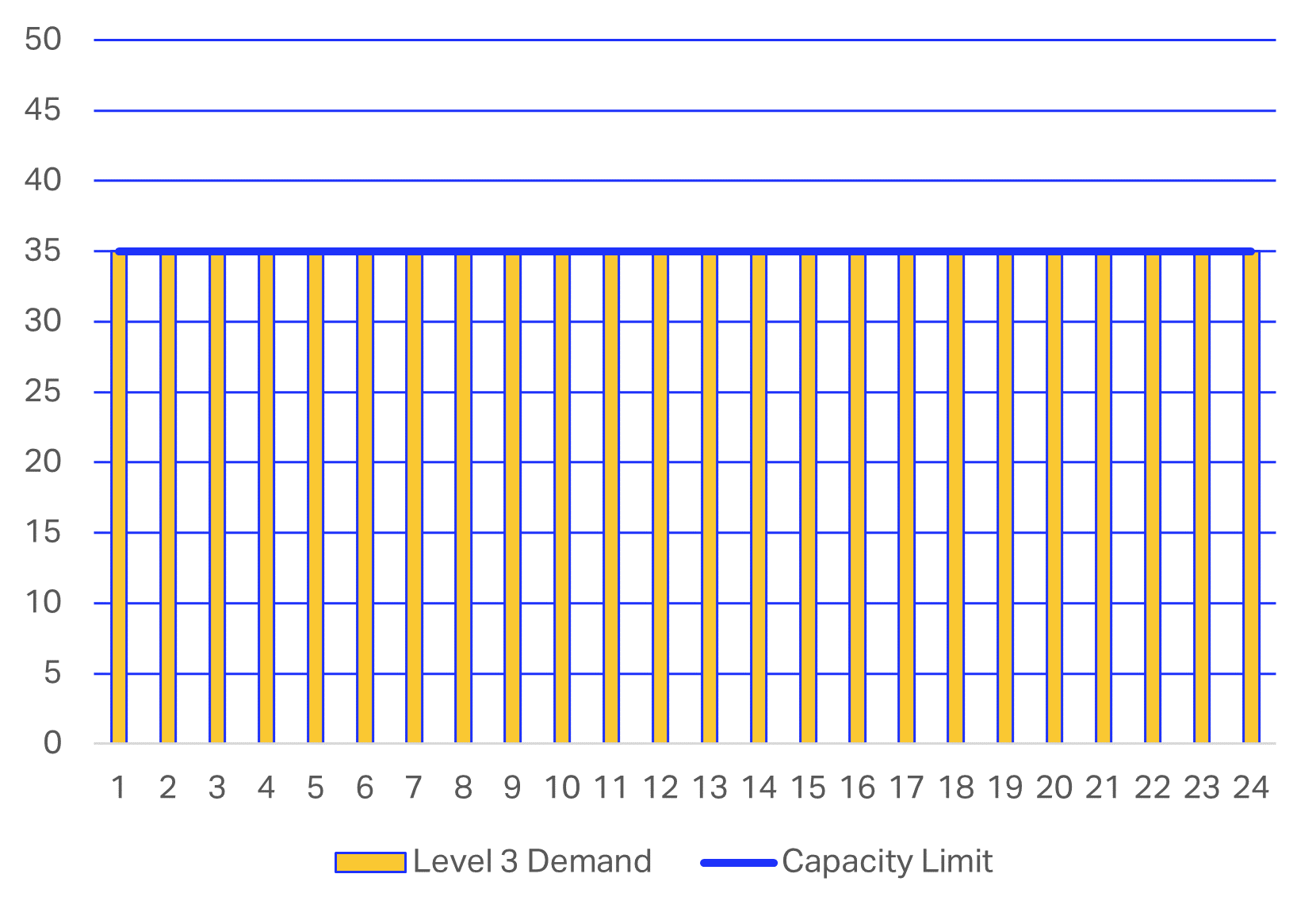Airports where airline demand exceeds the capability of the airport require a level of coordination to manage demand. Planned flight times are adjusted so demand remains within airline and passenger service level expectations.


Levels of Coordination
Airports are categorized according to the level of demand/supply imbalance. Different airport coordination principles and procedures apply at the different levels.
Level 1
- The airport capability is generally adequate to meet demand.
- No airport coordination is required at a Level 1 airport.
Level 2
- An airport where there is potential for congestion during some periods of the day, week, or season.
- Schedule adjustments are mutually agreed with the airlines.
Level 3
- An airport where demand significantly exceeds the airport capability.
- It is necessary for all airlines and other aircraft operators to have a slot allocated by an independent slot coordinator to arrive or depart at the airport.
Which airports are coordinated?
There are about 160+ Level 2 airports and 200+ Level 3 airports globally as published in the Contact list for Level 2 and Level 3 airports.
Notification of an airport level change should be made no later than 1 April for the next winter season and 1 September for the next summer season. Notifications should be sent to the WASB Secretariat at slots@iata.org and slots@aci.aero with the completed WASG Annex 12.5
To declare an airport level please follow the process described in the WASG :
- For Level 2 airport declaration refer to WASG chapters 6.1, 6.2 and 6.3
- For Level 3 airport declaration refer to WASG chapters 6.1, 6.2, 6.4 and 6.5
- To remove facilitation or coordination ot temporarily change the airport level refer to WASG chapters 6.6 and 6.7
How are airport slots allocated?
Airport slots are allocated by a coordinator according to industry agreed principles contained in the WASG. All coordinated airports complete the coordination process according to a Calendar of Coordination Activities. This facilitates a sequential allocation of slots at both ends of a route and across airline networks, ensuring efficient network connectivity and reliability of service.